Namaste to all #Hive gardeners and #Nature lovers.🙏
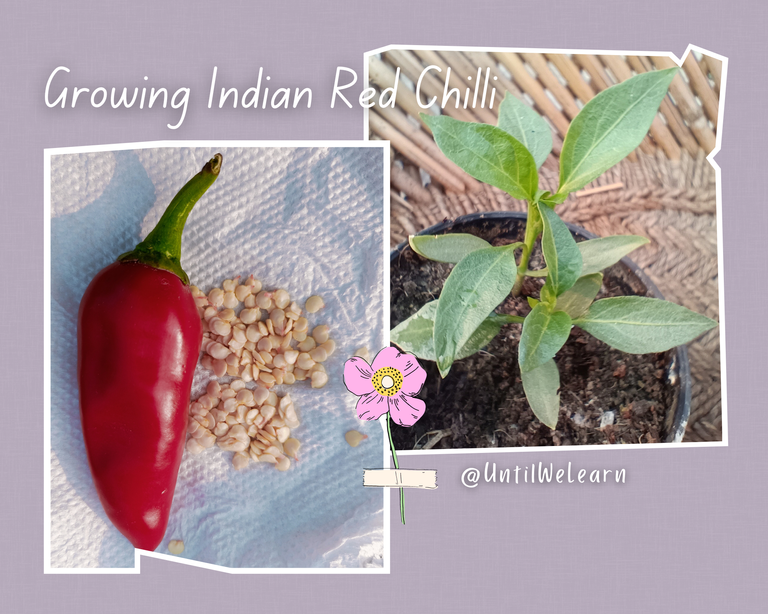
It was about December last year when I saw this fresh glowing Kashmiri red chilli in the vegetable market one day, and it looked at me so innocently🥹 that I couldn't stop myself from adding it to my cart.🛒 Not because I wanted to taste it, but because I wanted to grow it. And then of course I would have enjoyed plucking it from my own plant and tasting it, but at that time I was only thinking about growing it in my home terrace garden.
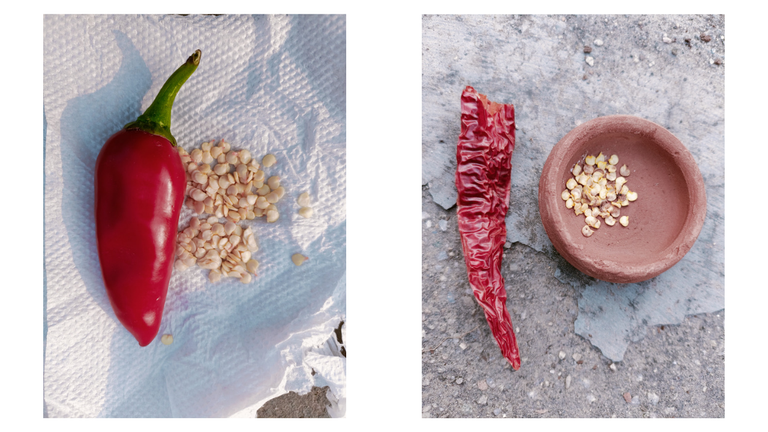
So after bringing it home, I thought of sowing its seeds along with the dried red chilli seeds already present in the spices at home so that I could see if there would be any difference in the growth and fruits of these two plants.
The method of preparing potting soil is the same. I have used a mixture of 30% normal farm soil, 30% cocopeat, 30% cow dung manure, and 10% sand.
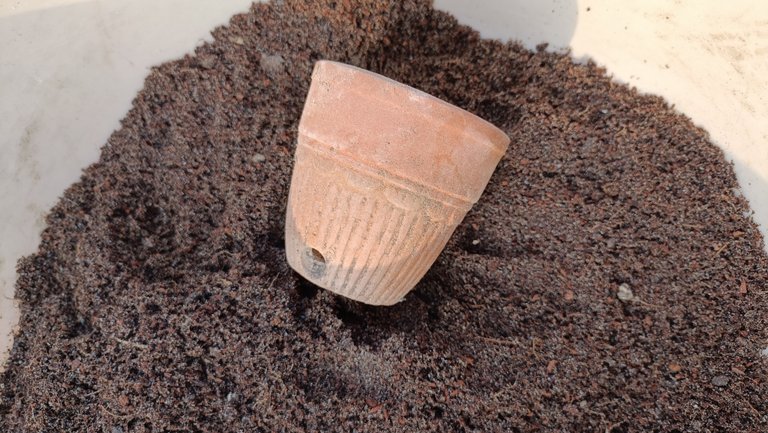
Remember, in one of my blogs, I told you that I use clay cups for seed germination, in which occasionally we enjoy tea and coffee in our house. The cup you see in the image above is one of them. I have made a hole in it near the bottom so that excess water can drain out and the seed can also breathe easily.
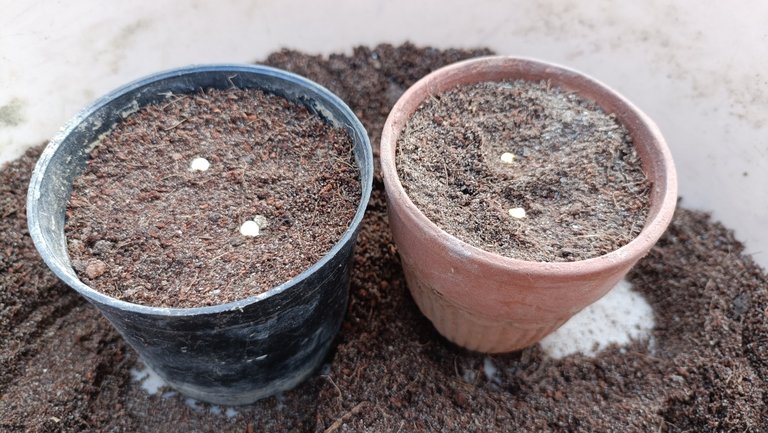
I took 2 seeds each of dry and fresh chillies and sowed them in 2 separate cups at a distance of about 1.5 inches and at a depth of half an inch.
There are two things you need to know here:
I have sowed 2 seeds in each cup because I wanted at least one plant from both the chillies for this blog and I didn't have extra cups at that time. But this is not the right way, because after they grow, when you have to separate them in a bigger pot, their roots which get entangled with each other can cause a lot of damage.
I have sown the seeds at a depth of half an inch because based on the basic measurement method, a depth twice the size of a seed is considered most favourable for seed germination.
Here the day of sowing seeds ended which was December 2nd, 2023.
Let's turn a few pages now. . .
 Image by Plume Ploume from Pixabay
Image by Plume Ploume from Pixabay
This is December 18, 2023. 16 days after sowing the seeds.
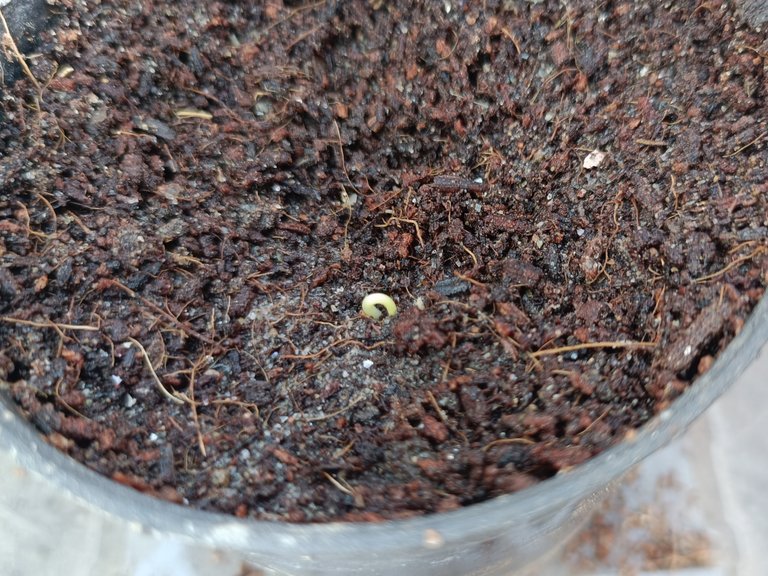 In the black cup in which I sowed 2 fresh Kashmiri red chilli seeds, today one of them has moved outside the soil layer for the first time.
In the black cup in which I sowed 2 fresh Kashmiri red chilli seeds, today one of them has moved outside the soil layer for the first time.
It was a bright day for both of us.
And the very next day, on December 19th.
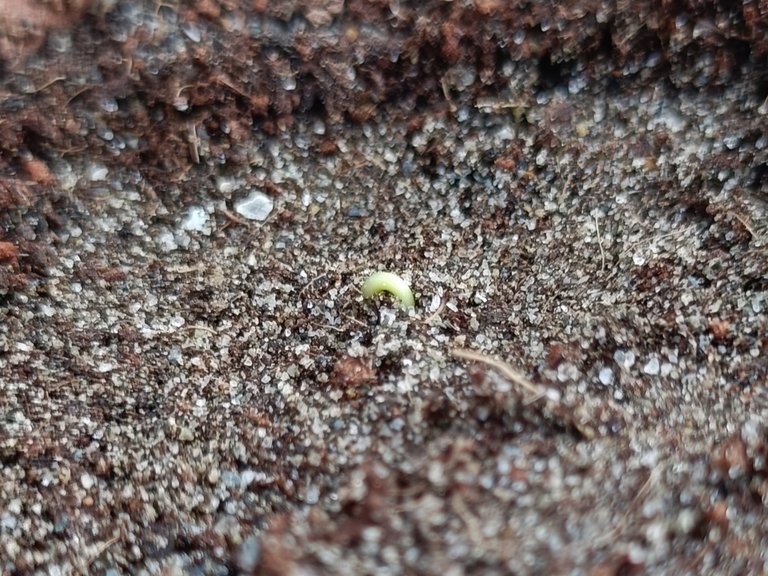 In the clay cup in which 2 dry red chilli seeds were sown, one of them chose to come out of the soil.
In the clay cup in which 2 dry red chilli seeds were sown, one of them chose to come out of the soil.
Another bright day for the three of us! :D

Here you can see how this tiny sprout is slowly stretching itself and coming out of the blanket of soil.
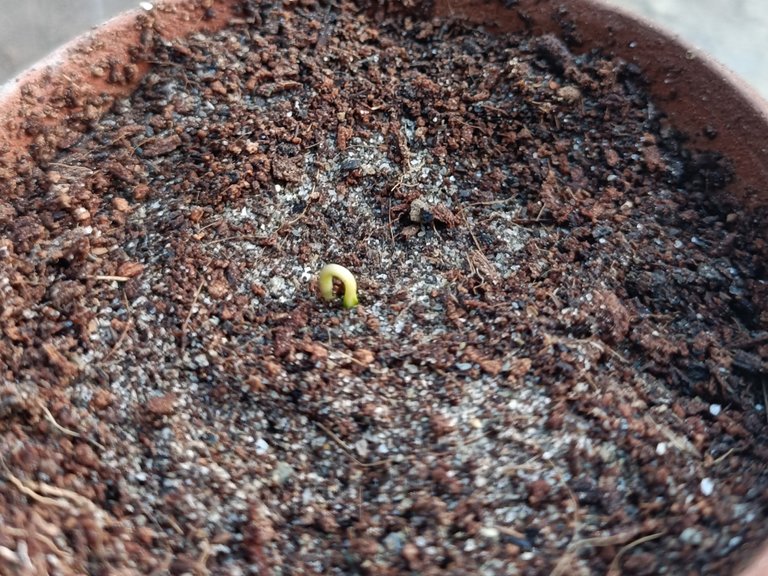
On one side, the sprout of fresh Kashmiri red chilli was completely floating above the soil and on the other side, the sprout of dry red chilli also finally took its first steps out of the soil.
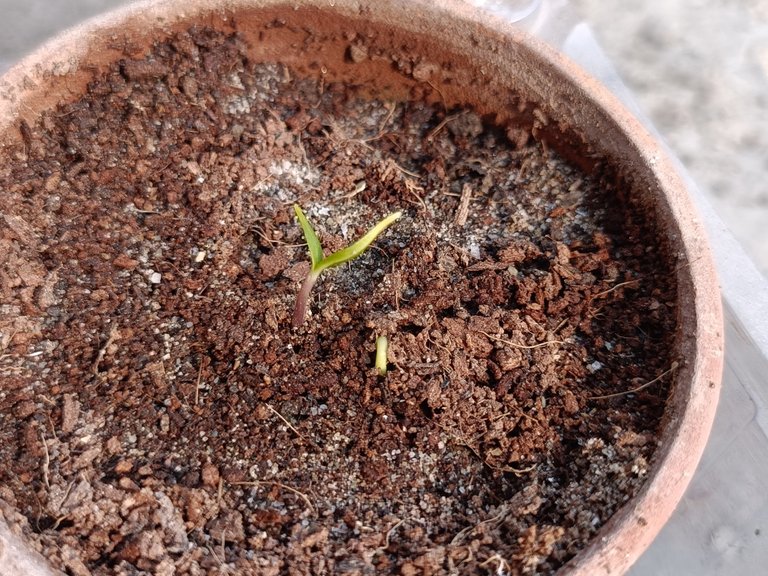
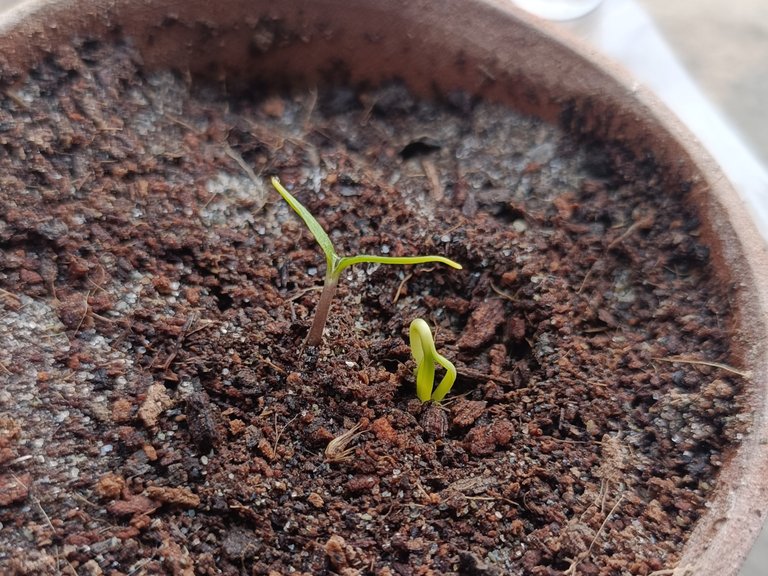
There is a saying in Hindi for this 'देर आये दुरुस्त आये' Meaning This sprouting of dry red chilli took place relatively late, but when it did, within 2 days both its seeds emerged from the soil.
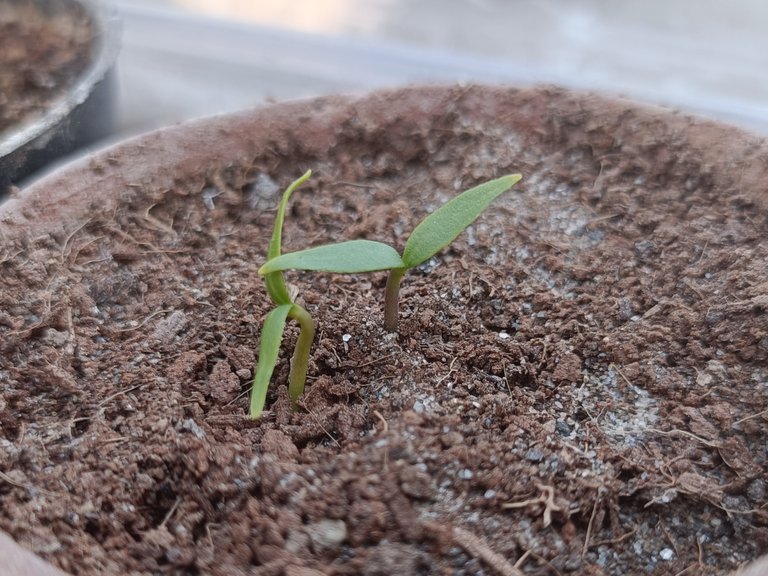
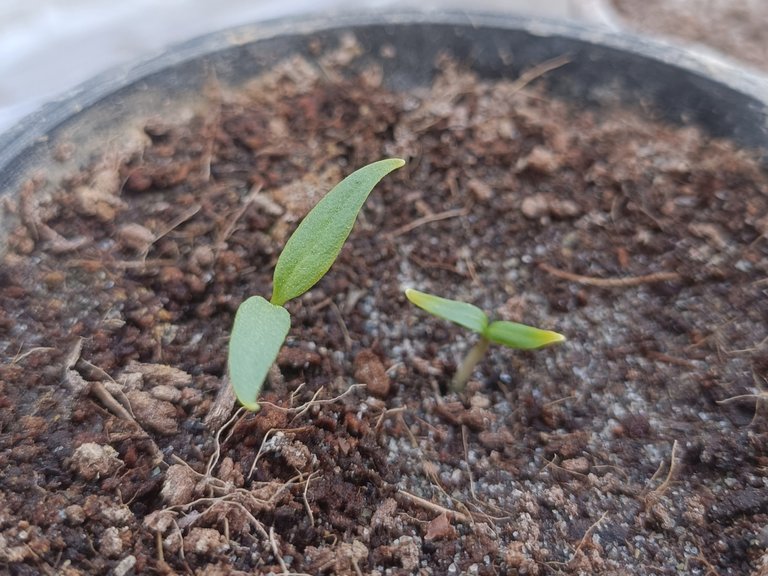
And on 24th December I was really very happy because, after a long wait, I finally saw that last seed out of the soil. And with this, 22 days after sowing the seeds, all 4 seeds' sprouts stood proudly above the soil surface.
The journey ahead was going to be a bit slow because now winter was at its peak. Initially, I did not know that chilli plants grow neither in extreme cold nor in extreme heat. But when I saw that the growth of the seedling had almost stopped moving beyond the seed leaf,

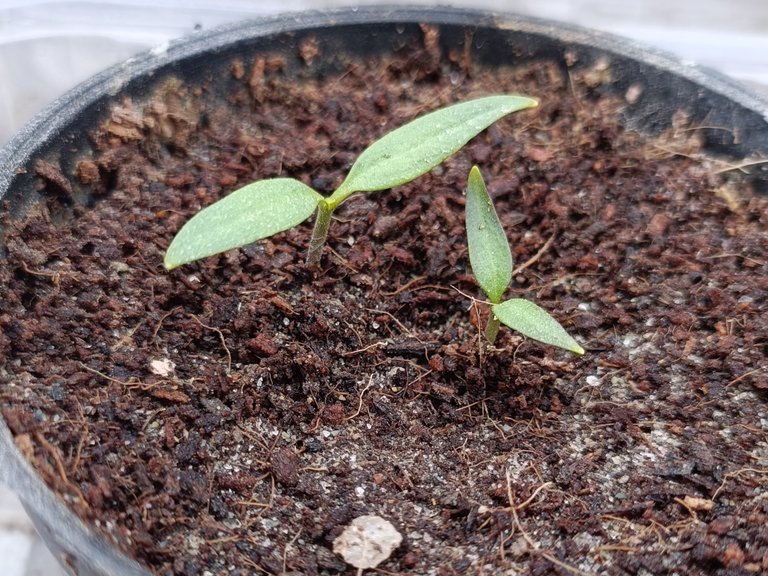
I started reading about it and learned that I had sown its seeds a little early. January to March is the perfect time to sow the chilli seeds. But anyway, now that the seeds were sown and the seedlings had also appeared, I was not going to leave it like this.
So I waited...
 Image by Plume Ploume from Pixabay
Image by Plume Ploume from Pixabay
And kept waiting while protecting the seedlings from the dew drops and the extreme cold.
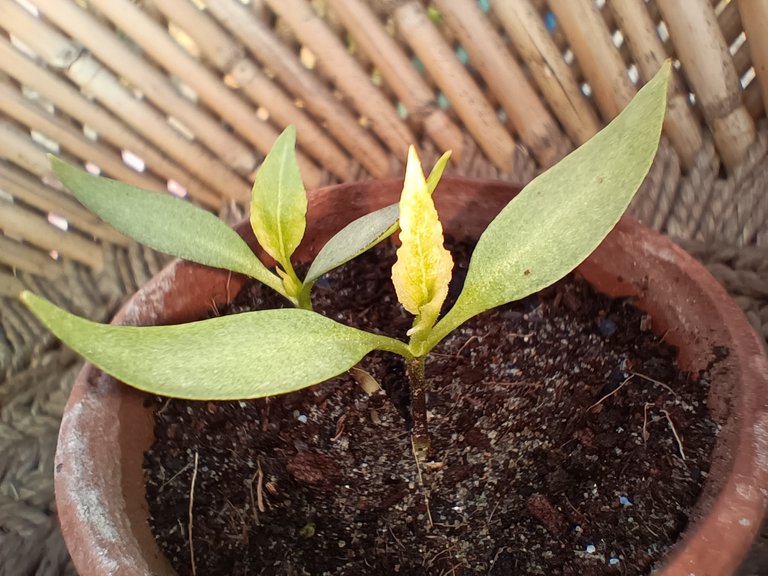
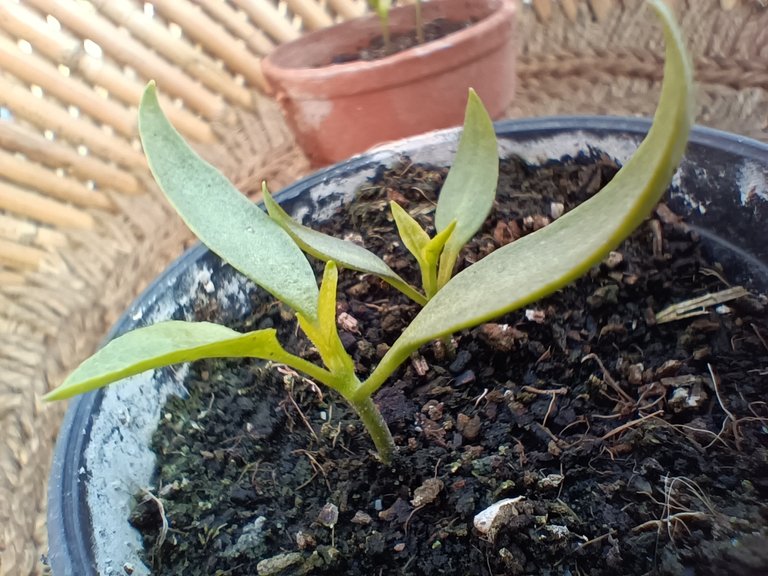
Then after waiting for more than a month, in February I finally saw these plants starting their journey from cotyledons (seed leaves) to where true leaves started spreading their wings for the first time.
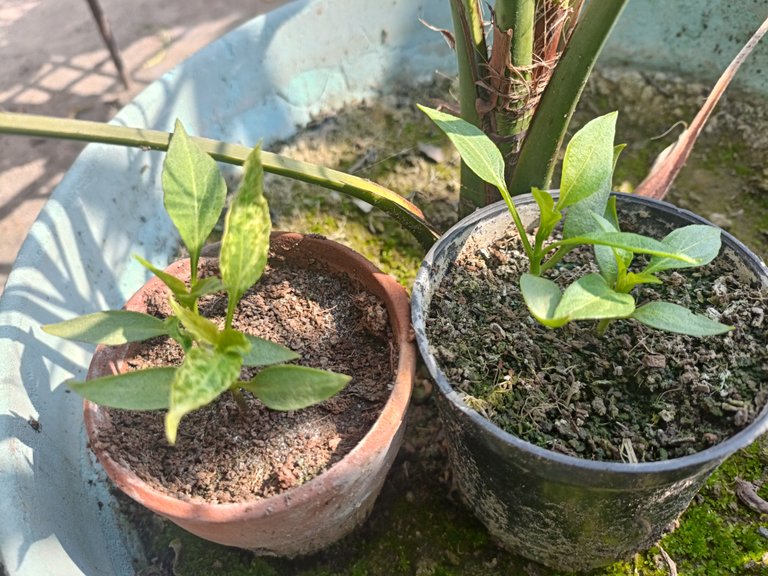
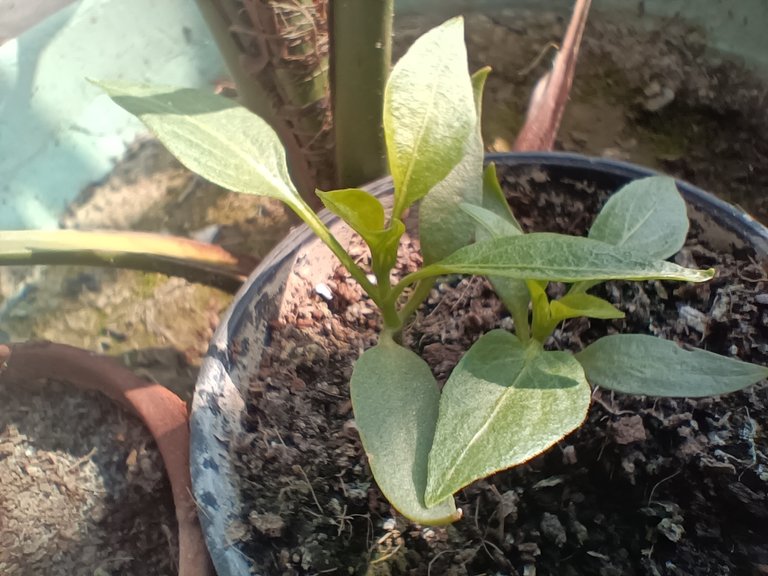
Then as soon as the weather started changing, the growth of these plants increased. When 4-6 true leaves started appearing on these plants, I decided to separate them from these cups into bigger separate pots.
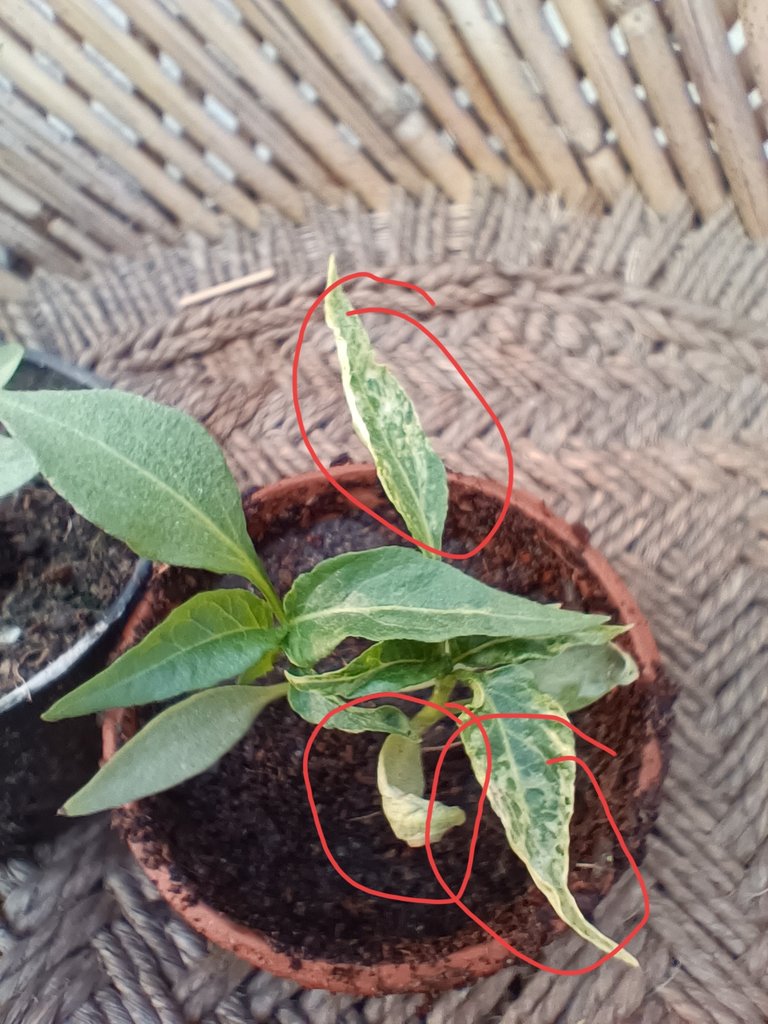 However, one of the dry red chilli plants was affected by leaf curl disease and this was also the reason why I was eager to separate them in bigger pots because otherwise, this disease could have spread to other plants as well.
However, one of the dry red chilli plants was affected by leaf curl disease and this was also the reason why I was eager to separate them in bigger pots because otherwise, this disease could have spread to other plants as well.
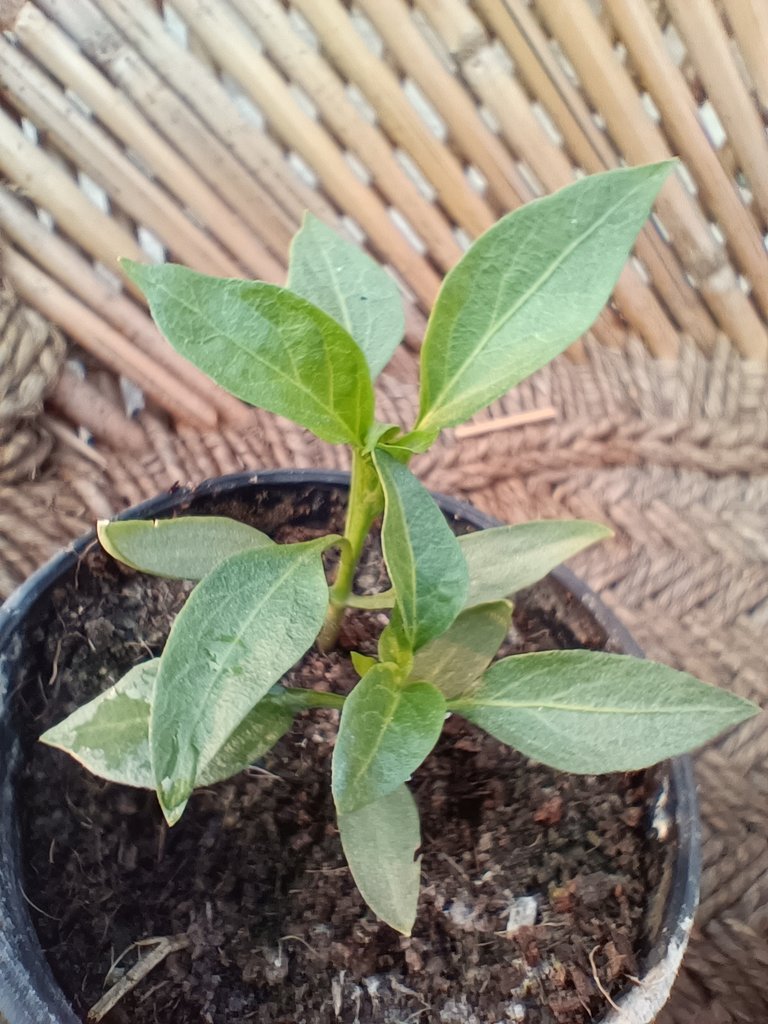
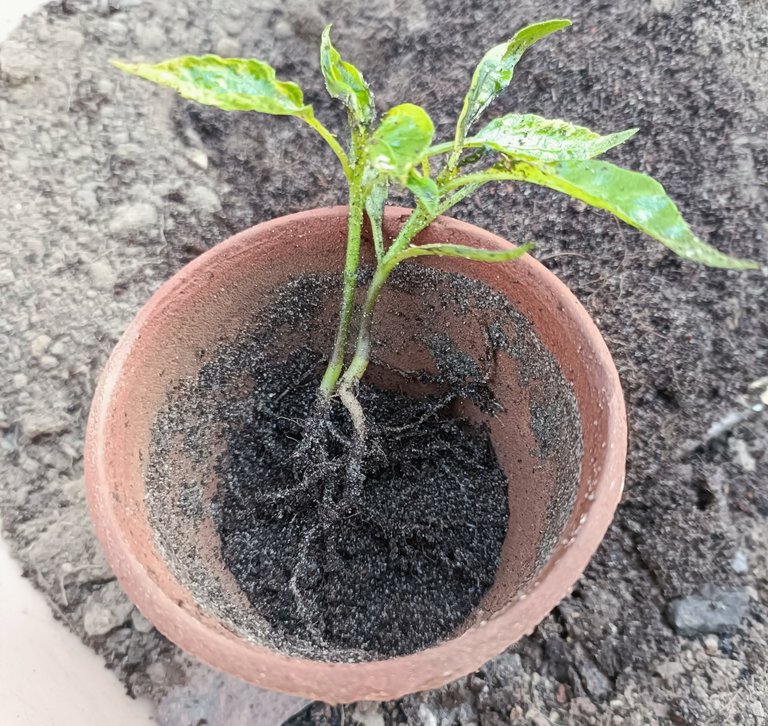
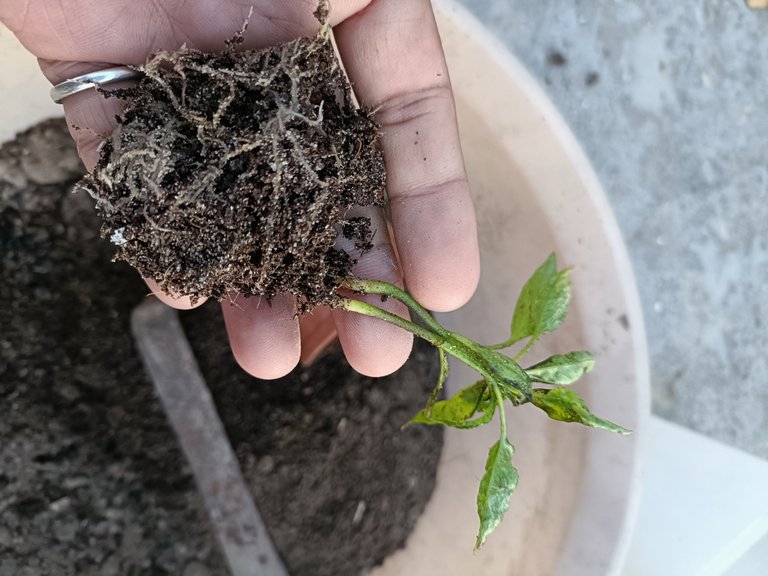
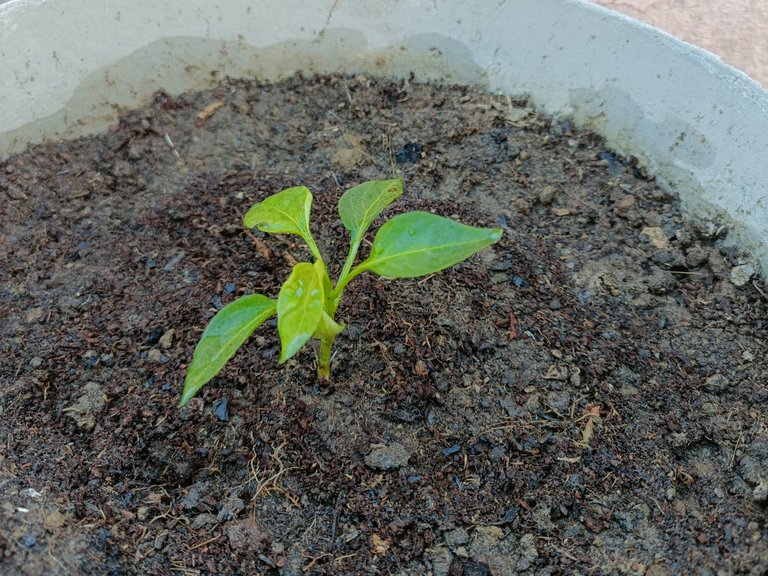
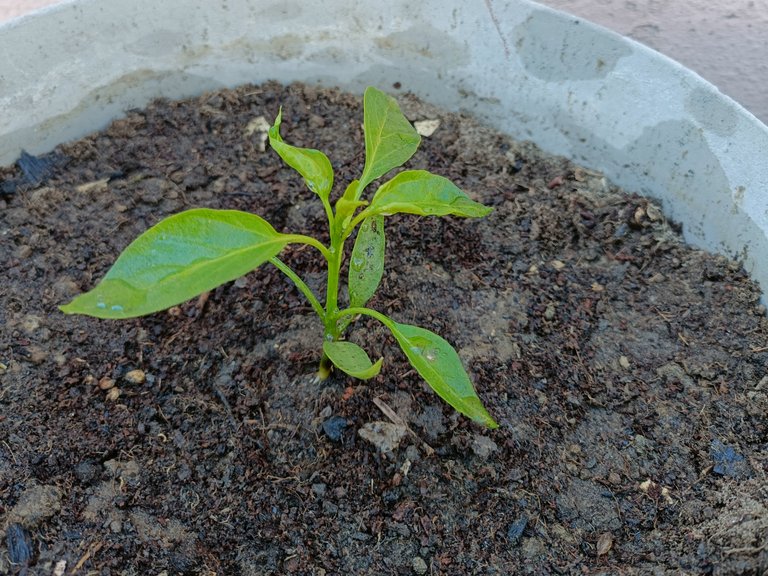
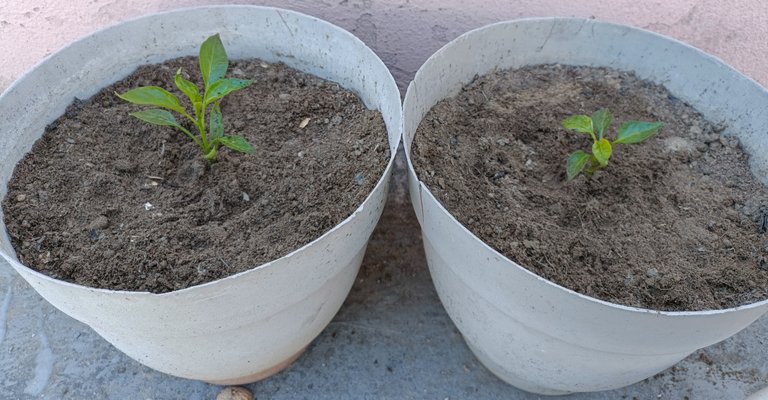
So, I carefully separated all 4 plants from the seedling cups and planted them into 12x12 size pots. However, as I told you, planting 2 seeds in a cup can damage the roots when separating the plants later. That's why I also handle the plants very gently which you can see in the video above.
Now in their further journey, first of all, I have to cure them of this disease and then by having the right fertilizer, timely water and lots of sunlight cause chilli plant loves sunlight, these plants will grow tall and if everything goes well then they will bear many chillies too.🌶️
For which you will have to stay connected with me on this journey!🌼
Thank you for visiting my blog and reading it. Generally, I keep writing blogs on financial markets, nature, gardening, and travel. 🙏
If you like any of these topics then you can also follow me. I deeply appreciate your comments and votes.

Here are all my green blogs
#4 | Harvesting Radishes from Pots
#3 | Growing Carrot From Seeds
#2 | Growing Radish From Seeds
#1 | Growing dessert rose from seeds
Have you ever grown a plant from its seed?
Note:
- English is not my first language. So sometimes I use 'Google Translate'. Please don't think that anything I have written in this blog has been copied from somewhere or is AI-generated.
- Boarder Image by Freepik
- Image collage and thumbnail created by using Canva
- All the other content images and words are mine unless otherwise stated.

That's all for today.
Have a Happy and Blessed day!
🙏
